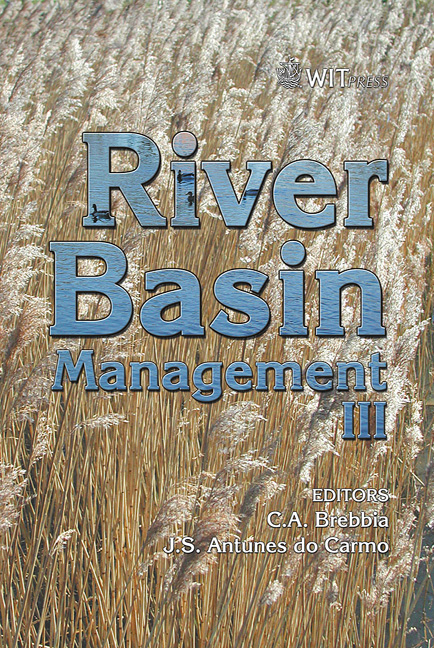System Approach To The Water Quality And Bioproductivity Of The Azov Sea Basin
Price
Free (open access)
Transaction
Volume
83
Pages
11
Published
2005
Size
801 kb
Paper DOI
10.2495/RM050341
Copyright
WIT Press
Author(s)
G. Matishov
Abstract
The environmental state of the Azov Sea is determined by a number of factors among which the influence of river basins plays the leading part. The most prominent anthropogenic impacts are concentrated within the limits of lower Don system including the huge Tsymlyansk reservoir, the group of salinized Manych lakes and ecologically vulnerable Don delta. The environmental management of this area must be based on the integrated approach to marine and freshwater objects. This paper presents preliminary results of the ecological researches carried out in marine and land parts of the Azov basin and recommendations on the development of monitoring systems as well as some practical steps for the improvement of water quality and bioproductivity. Keywords: Azov Sea, Don River, catchment area, monitoring, quality management. 1 Introduction The Sea of Azov with its fluvial drainage systems is a unique in many aspects part of the World Ocean. It includes only insignificant part of both: area and water amount in the chain of the internal seas, consisting of the Mediterranean, the Marmora Sea, the Black Sea and the Sea of Azov (Table 1). But it receives large amounts of fluvial run-off from the drainage system, extending from the central Russia regions till the northern slope of Great Caucasus. As it follows from the data in Table 1, annual inflow of fresh water into the Sea of Azov is more than 10% of its water amount whereas in other seas this index is in the range from 0.3% in the Marmora Sea to 0.01% in the Mediterranean. This fact conditions important peculiarities of the Sea of Azov oceanological regime that is: low salinity, its significant temporal-spatial variability; intensive water
Keywords
Azov Sea, Don River, catchment area, monitoring, quality management.





